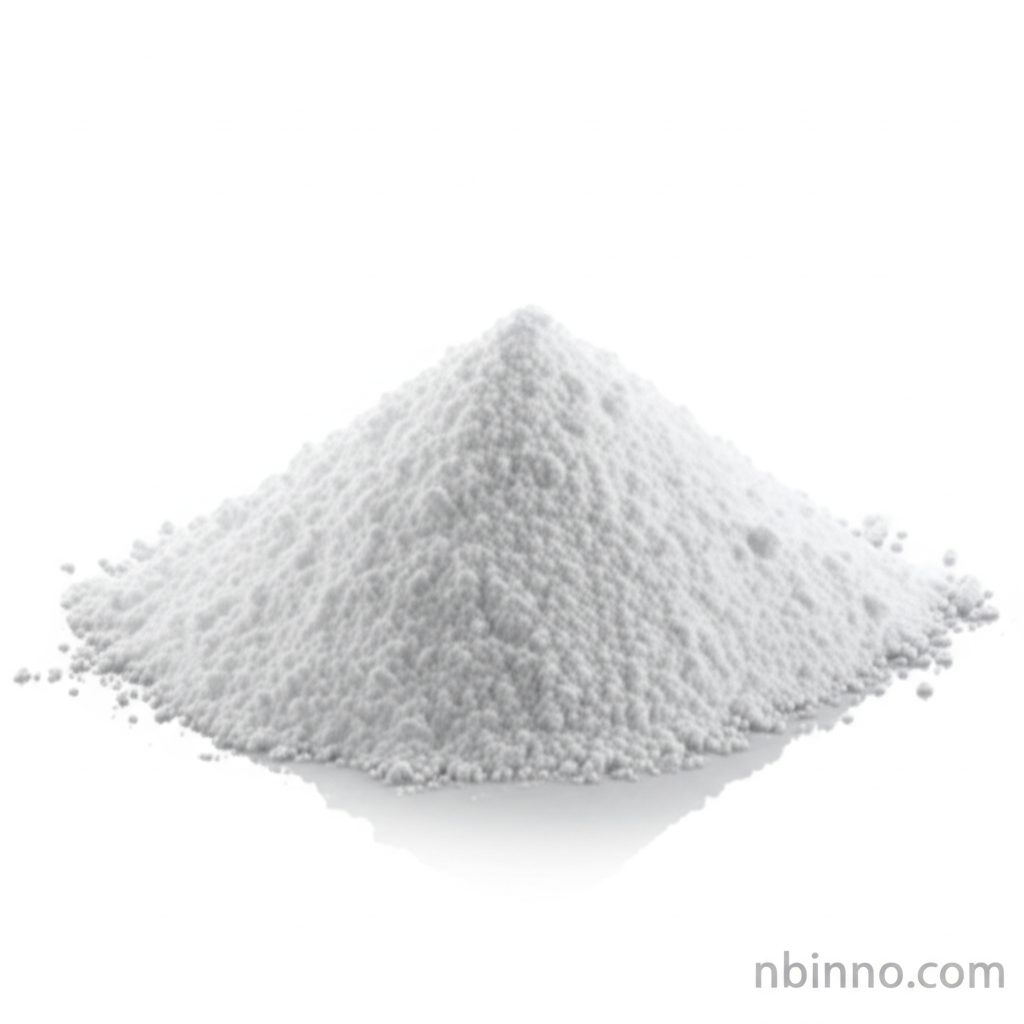Pirenzepine Dihydrochloride: A Targeted Approach to Gastric Health
Explore the therapeutic benefits of Pirenzepine Dihydrochloride, a selective M1 muscarinic receptor antagonist, offering a focused solution for managing peptic ulcers and related gastrointestinal conditions. Discover its mechanism and application.
Get a Quote & SampleProduct Core Value

Pirenzepine Dihydrochloride
As a leading supplier in China, we provide high-quality Pirenzepine Dihydrochloride, a crucial pharmaceutical intermediate with a selective M1 muscarinic receptor antagonist profile. This compound is instrumental in the treatment of peptic ulcers by effectively reducing gastric acid secretion, contributing to a more targeted therapeutic outcome.
- Understanding the Pirenzepine dihydrochloride mechanism of action reveals its specific targeting of M1 receptors for enhanced efficacy.
- Our commitment to quality ensures that Pirenzepine dihydrochloride for peptic ulcers meets stringent purity standards.
- As a selective M1 muscarinic receptor antagonist, this compound offers a distinct therapeutic advantage.
- Learn how to use Pirenzepine dihydrochloride effectively as part of a comprehensive treatment plan.
Key Advantages
Selective Receptor Targeting
Pirenzepine dihydrochloride excels as a selective M1 muscarinic receptor antagonist, minimizing off-target effects and enhancing patient comfort.
Gastric Acid Reduction
Its primary benefit lies in its ability to significantly reduce gastric acid secretion, crucial for the management of peptic ulcers.
Mucosal Protection Enhancement
Beyond acid reduction, it also contributes to increased gastric mucus secretion, offering protective benefits to the stomach lining.
Key Applications
Peptic Ulcer Treatment
Pirenzepine dihydrochloride is a cornerstone in the treatment of peptic ulcers, leveraging its selective M1 muscarinic receptor antagonist properties for effective relief.
GERD Management
It is also utilized in managing gastroesophageal reflux disease (GERD), helping to control acid reflux and its associated symptoms.
Gastric Acid Control
The compound's role in gastric acid reduction makes it vital for patients requiring strict control over their stomach acid levels.
Pharmaceutical Research
As a key pharmaceutical intermediate, it is essential for research and development into new gastrointestinal therapies.
